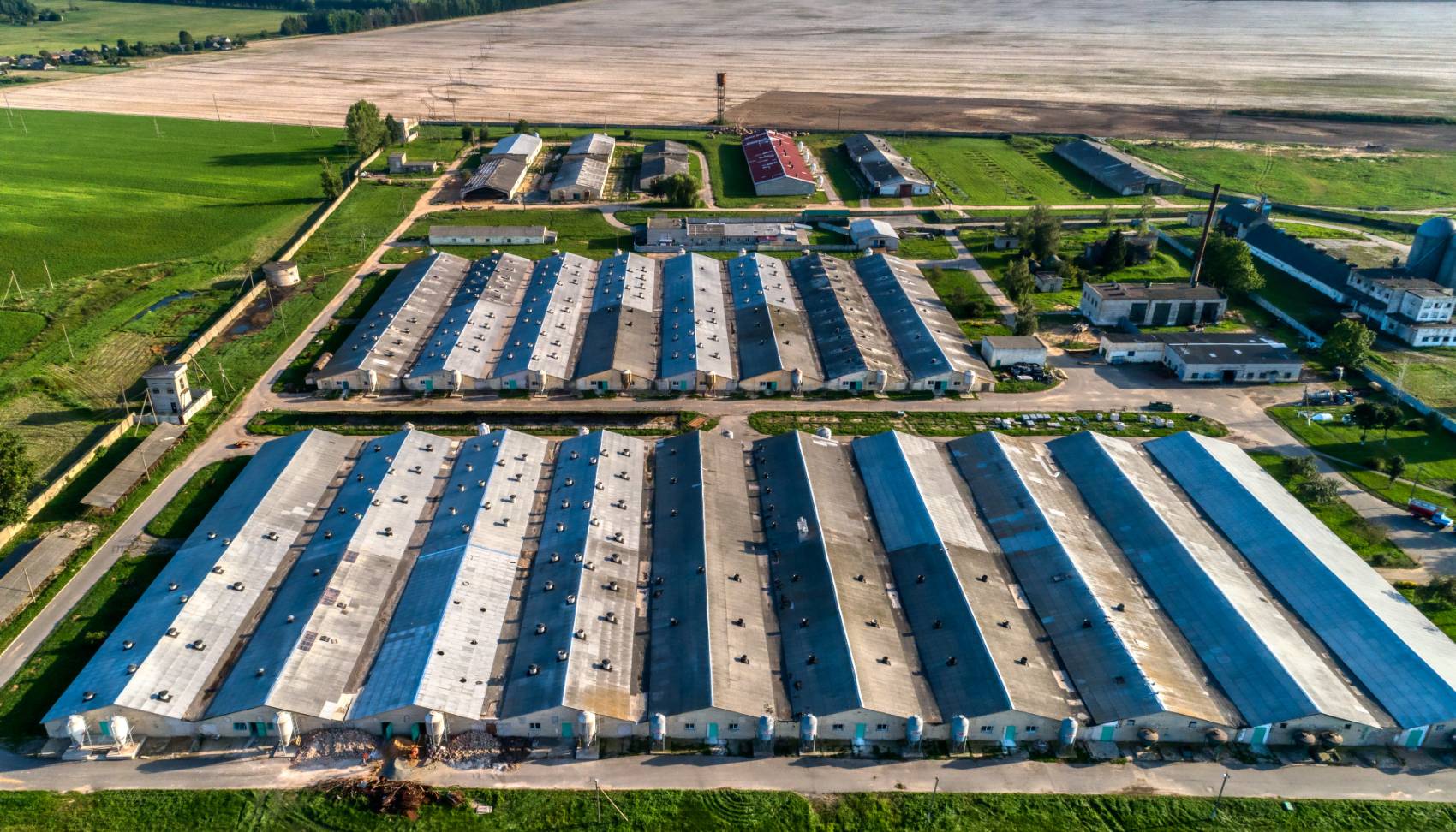What is GFSI?
Overview
The Global Food Safety Initiative is an industry-based business-driven initiative that seeks to continually improve food safety management systems and inspire confidence in consumers regarding the delivery of safe foods worldwide. The initiative - established and managed by the Consumer Goods Forum, an international trade association, was launched in 2000 to respond to several food safety crises that rocked the global food market. Constituted as a benchmarking entity, GFSI, whose membership encompasses over 650 major retailers, manufacturers, and foodservice operators across seventy countries, formulates and champions food safety benchmarks through which global certification scheme owners can harmonize their food safety standards.
Global Vision
- Ensure consumers have confidence that the food they consume daily is safe to eat.
- All parties, from farm to fork, understand their responsibility to protect food integrity and safety.
- Companies and governments unite for the safety of the global food supply.
- Local and small producers can meet international safety standards and gain access to growth opportunities.
- Expand the independence, skills, and objectivity of food safety inspectors.
- Ensure food safety controls and assurance processes are efficient and not unnecessarily duplicated.
Strategic Objectives
To achieve this vision, GFSI has formulated three core strategic objectives:
Benchmarking & Harmonization
Benchmarking and harmonization are at the core of the GFSI mandate. By championing the mutual acceptance of Global Food Safety Initiative certification programs, GFSI is establishing a shared and widely accepted consensus of what comprises a robust food safety GFSI recognized certification program.
Capacity Building
In 2011, GFSI added capacity building to its core mandate, a program that assists companies with less-sophisticated food processes to achieve certification. The Global Markets Program, as it is called, provides guidance and implementation tools that offer an unaccredited entry point for companies seeking GFSI-recognized accreditation.
Public-Private Collaboration
GFSI is the convener of the G2B Meeting, a bipartisan event that brings together government and private sector to discuss shared opportunities to enhance global food safety. Started in 2016, the GFSI G2B Meeting’s objective is to foster dialogue between the public and private sectors and create harmonized food safety standards that cut across all sectors of society.
What Problem Is GFSI Solving?
To understand the problem GFSI is solving, you must first appreciate the challenges the food industry faced before its formation in 2000. At the time, food supply chain technologies such as shelf life, logistics, and storage were rapidly advancing. However, standards, mostly localized at the time, were not keeping pace. The result was inconsistencies in regulations governing the entire supply chain, including water quality, sanitary transportation, food packaging, foodservice, and end consumption. GFSI addresses this core problem by establishing shared worldwide food safety benchmarks capable of harmonizing global food safety standards.
How Does The Worldwide GFSI Standard Work?
What is GFSI Certification?
Overview
Before explaining what GFSI certification is, it is essential first to note what it is not. GFSI certification is not carried out or awarded by GFSI. Instead, a GFSI certification, or more accurately, a GFSI-compliant accreditation is a certification process carried out by a Certification Program Owner whose certification process complies with GFSI benchmarking standards. Once completed, successful companies are awarded food safety certification that indicates the certification process was GFSI compliant.
GFSI Scope of Certification
GFSI Certification Requirements
GFSI Benchmarked Schemes
Primus GFS
The PrimusGFS GFSI Standard administers food safety for agricultural products destined for human consumption while fresh or in a minorly processed state. PrimusGFS certification provides a series of requirements governing food production, handling, processing, and storage operations. PrimusGFS covers the entire supply chain, covering all steps from pre-farm gate to post farm gate production. PrimusGFS is a voluntary, worldwide scheme that applies to agricultural sector products.
BRC
The British Retail Consortium or BRC is a set of globally recognized food safety certification standards originating in Britain but currently applied in more than one hundred countries globally. BRC food safety is a manufacturing scheme, and manufacturers globally use BRC food certification as a preferred standardization scheme for suppliers. Within BRC certification falls four standards: BRC Global Food Standard, BRC IOP for Food Packaging, BRC Storage and Distribution, and BRC Consumer Products.
SQF
Safe Quality Food or SQF standards are a two-part standard that deals with food safety at a manufacturing level (SQF 2000) and a primary production level (SQF 1000). Both SQF 2000 and SQF 1000 are made up of three SQF certification levels, with level two being GFSI compliant. SQF requirements vary based on whether the company is seeking SQF 2000 or 1000 certification. For the former, SQF scoring is based on meeting manufacturing requirements like building and equipment design and construction. SQF 1000 requirements include site requirements, facilities and production inputs, and good agriculture practices.
GMP
Good Manufacturing Practices or GMP certification sets out requirements that manufacturers of products like food, beverages, cosmetics, and dietary supplements must meet to ensure consistently high-quality products. A certified GMP entity has completed all required GMP facility requirements, including cleanliness and hygiene, environmental controls, well-defined manufacturing processes, manufacturing controls, and documented instructions and procedures. GMP Good Manufacturing Practices guidelines are GFSI compliant.
Global G.A.P
Global Good Agricultural Practices or GAP is a certification program that supports and promotes food safety and sustainability in the agricultural, aquaculture, and livestock supply chains. Companies awarded the GLOBALG.A.P certification have achieved sustainable ways to farm and produce food. Moreover, GLOBALG.A.P unifies the needs of both retailers and farmers to ensure high-quality processes and procedures up to the farm gate. GLOBALG.A.P is divided into four categories:
Benefits of Attaining a GFSI-Recognized Certification
GFSI certification comes with several benefits:
In Summary
GFSI certification is a set of globally recognized benchmarking standards that help foster a unified approach to global food safety. Companies seeking GFSI certification have the option to pick a program formulated by a safety certification program owner such as BRC or SQF that aligns with GFSI standardization benchmarks. Under each program, the program owners have certified auditors, trainers, and other resources to help companies undertake certification. GFSI continues to expand, update, and refine its benchmarking standards to ensure global food safety standards keep pace with advances in technology, international trade, and consumer trends.





